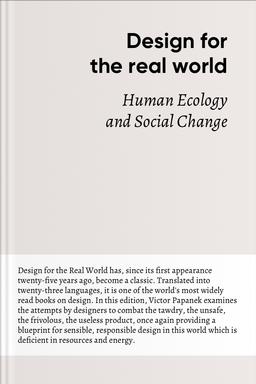You’ll learn
- What makes or breaks a creation
- Why modern creators wear multiple hats
- How design transcends mere aesthetics
- About the core mission of design
russia has launched a full-scale war in Ukraine. Donate to support Ukraine and protect the world’s peace.

first KEY POINT
Design is an essential feature in everyday life; almost everything is related to it. It can come in any form across many fields, such as composing a poem, erecting a structure, painting murals on a cathedral, baking a cake, or writing a concerto. We often overlook the importance of design, but it’s there in every single facet of our lives. Without careful and thoughtful design, we would be without many of the things we rely upon every day.
It, therefore, stands to reason that design must be meaningful, but there is no relative definition of what it must look like either. Perhaps the only box that needs to be ticked is one of functionality. If an item isn’t functional, it really holds no particular meaning or importance. Six parts determine if a design is good or not:
• Method.The successful blend and optimal use of tools, materials, and processes.
• Use.Does it work? Also, how easy is it to use?
• Need.Must be able to satisfy the needs of the target audience.
• Telesis.Must reflect the times and conditions.
• Association.People must be able to associate with design; they must want it and need it.
• Aesthetics.Of course, it has to appeal to the target audience and preferably beyond that too.If you want to understand how design works in the real world, you’ve come to the right summary. Continue through the remaining chapters to learn some interesting facts.
second KEY POINT
Society develops at a rapid rate to make design more complex and less predictable.Design is integral to the existence of humans. It now goes beyond a designer's intent and the consumer's needs. Every effort has a massive impact that determines a significant aspect of human life.There have been many cases in which smartphones explode when they get too hot. The designer intended to provide a quality handheld device that could perform at high speed, utilizing high definition display. The design serves its purpose by being a device that delivers quality and efficient service, but it is also dangerous to the environment because continuous use could cause overheating.Unlike years ago, designers are now faced with several dilemmas in planning, creating, and designing a product. Simple designs, such as the packaging of canned food, allow for simplicity but may also be destructive considering the effects of preservatives on the body.

Continue reading with Headway app
Continue readingfirst KEY POINT
second KEY POINT
third KEY POINT
fourth KEY POINT
fifth KEY POINT